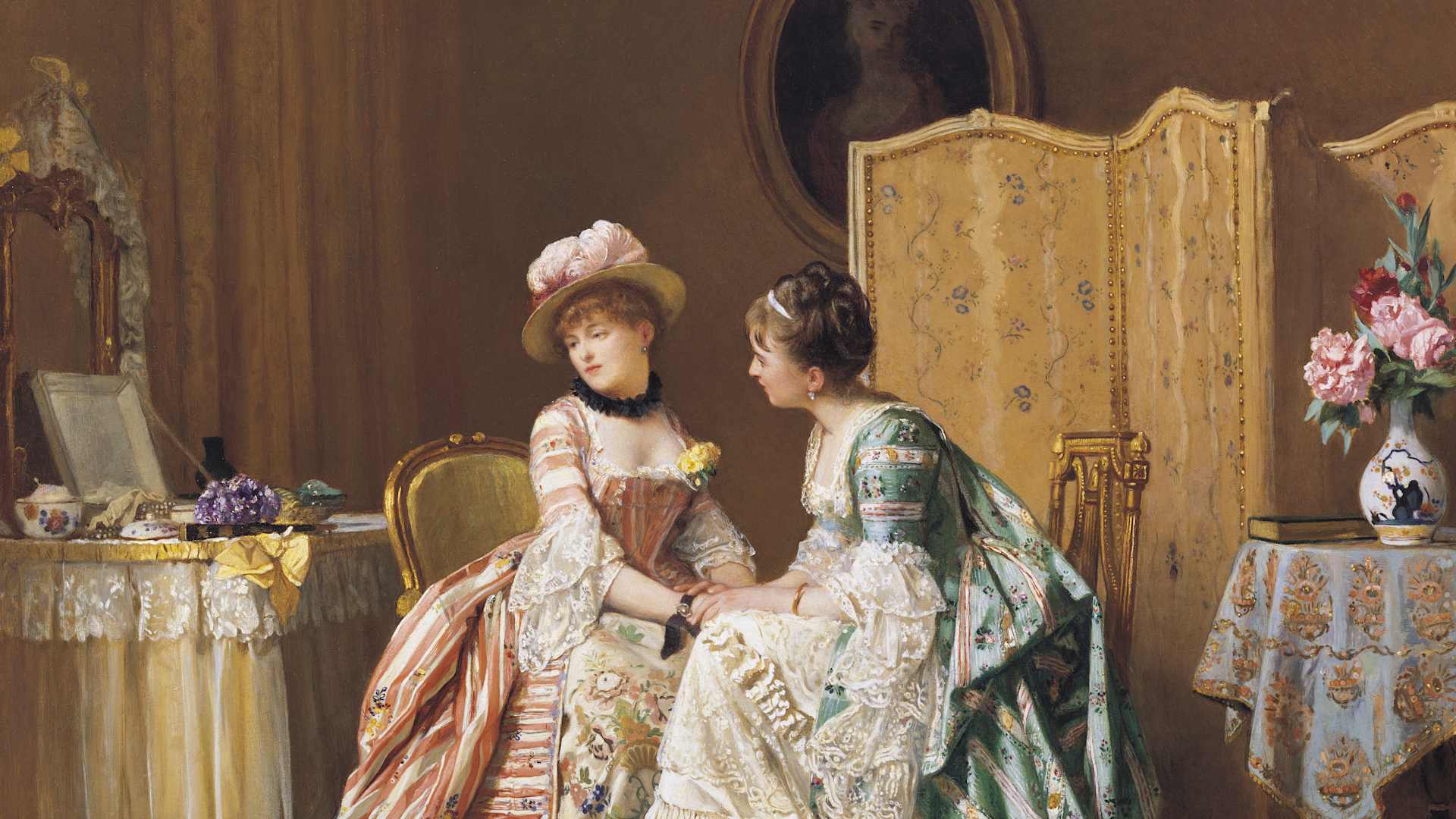Grand gables, ornate architectural design and overstuffed parlors—few periods did maximalism quite like the Victorian era. Between 1837 and 1901, during Queen Victoria’s reign, the well-to-do filled their homes with every flourish they could afford, including houseplants. These indoor gardens weren’t just decoration—they were living proof of wealth, leisure and emblematic of the British empire’s colonial expansion. Here’s how the not-so-humble houseplant became the must-have decor in Victorian homes.
Houseplants Before the Victorian Era and Gilded Age
The practice of keeping houseplants dates back thousands of years. Ancient Romans kept plants in terracotta pots, which were were brought into a shed during the winter months, says Patrick Ford, reference and cataloging librarian at the Lloyd Library & Museum.
Though best known for their outdoor gardens, the ancient Egyptians also brought potted plants indoors at least 5,000 years ago. And the ancient Chinese likely grew plants using indoor containers more than 3,000 years ago. Other ancient civilizations brought potted flowering plants indoors, not only so their beauty could be enjoyed, but also to help mask the smells of everyday life.
"It was in the 17th and especially the 18th century, though, that we started to see gardening books and plants—specifically, potted plants—showing up a bit more frequently within the home,” says Lindsay Wells, an instructor in the architecture and interior design program at University of California, Los Angeles. But it wasn't until the 19th century that the widespread display of ornamental plants within the home took off in Europe and then the United States, she says.












